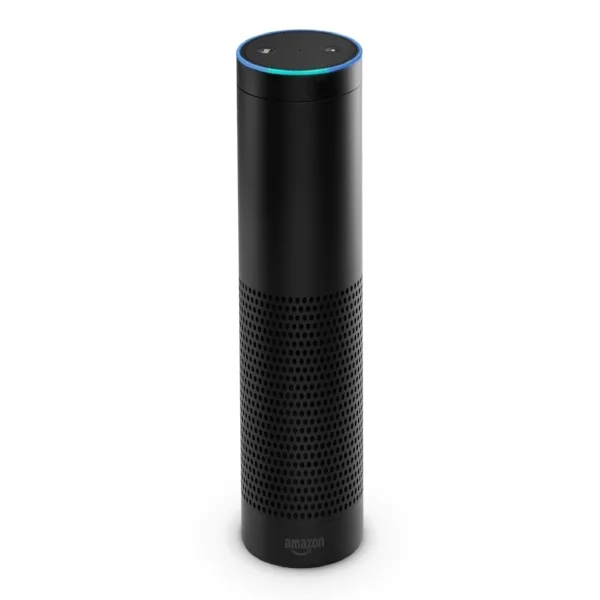Smart Security for your Home
As the world of electronics moves forward, new technology combines electrical equipment with the internet, cellphones, and more. Smart Home systems started in security alarms. Locking windows wasn’t the best way to protect a home from burglars, so alarms were invented. And as technology advanced, security programs advanced as well. But as electricians and technology improve, hackers and thieves become more clever. Hooking a home up to the internet, even a dedicated wireless network which most smart technology systems require comes with both risks. and rewards.
Amazon Echo
Home security systems weren’t always as smart as they are now. What was once just a stick jammed against the front door has evolved, it grew through the loud buzzing noise that warded off potential intruders and alerted the homeowners, and landed where they are now. The older systems weren’t reliable; they were easy to avoid, or deflect, the buzzer alarms that also called the cops required intensely specific instructions and the response was inadequate.
Now, these systems are often wireless, eliminating the visible and easily cut wires, and have widely expanded the features offered. It’s now possible for homeowners to go so far as to lock doors and watch the live video feed from their home through their smartphones. If an intruder breaks in, the homeowner will have a video of the event.
Smartphone control
A smart home security system connects to your home Wi-Fi network so you can monitor and control your security devices using your smartphone and an app. Most entry-level systems typically include a couple of door and window sensors, a motion detector, and a hub that communicates with these devices using the set up wireless network. Most systems allow for additional motion detectors and cameras.
Drawbacks
No security system is 100% foolproof; it’s an unfortunate fact. Most thieves are expanding their repertoire from just lockpicking and clever timing to electronic hacking. The more things that are attached to the internet the more things are susceptible to hacking. Even secure servers are at risk to a determined hacker, so no homeowner should feel confident hooking up their security systems to an open network.
Because of the low maintenance concept behind these designs, it’s possible for thieves to hack a home security system while the homeowner is entirely unaware.These problems aren’t limited to single homes either. In October of 2016, the entire East Coast of the United States was brought to their metaphorical knees. Events like this are referred to as DDoS attacks (directed denial of service attacks), and in this case was a deemed to be an act of vandalism.
Hackers had overloaded websites such as Amazon, Twitter, and Spotify using devices like DVRs, printers, and other devices attached to the internet. They didn’t just use their own; they hacked into connected smart objects and manipulated them—for what was later deemed an act of vandalism.
Quite a few experts in the computer technology field feel like there is not enough focus on the security of these systems by the developers. But that is also rapidly changing; developers and electrical companies are aware that protection for their customers' homes is at the forefront of everyone’s minds and are taking it very seriously.
If you want a Smart home, either security, climate control, or something else, and would like a certified electrician to install them, let us know. We’d be glad to hear from you.
Zimmerman Electric is a reliable residential and commercial electrician in Redondo Beach, CA. Our residential services include general electric services, electrical remodeling, circuit breaker repair, electric panel installations, electrical repair & testing, electrical wiring & outlets, emergency electrician, home lighting, and TV installation services. We are licensed, bonded, insured, and highly-rated. Call us today.


